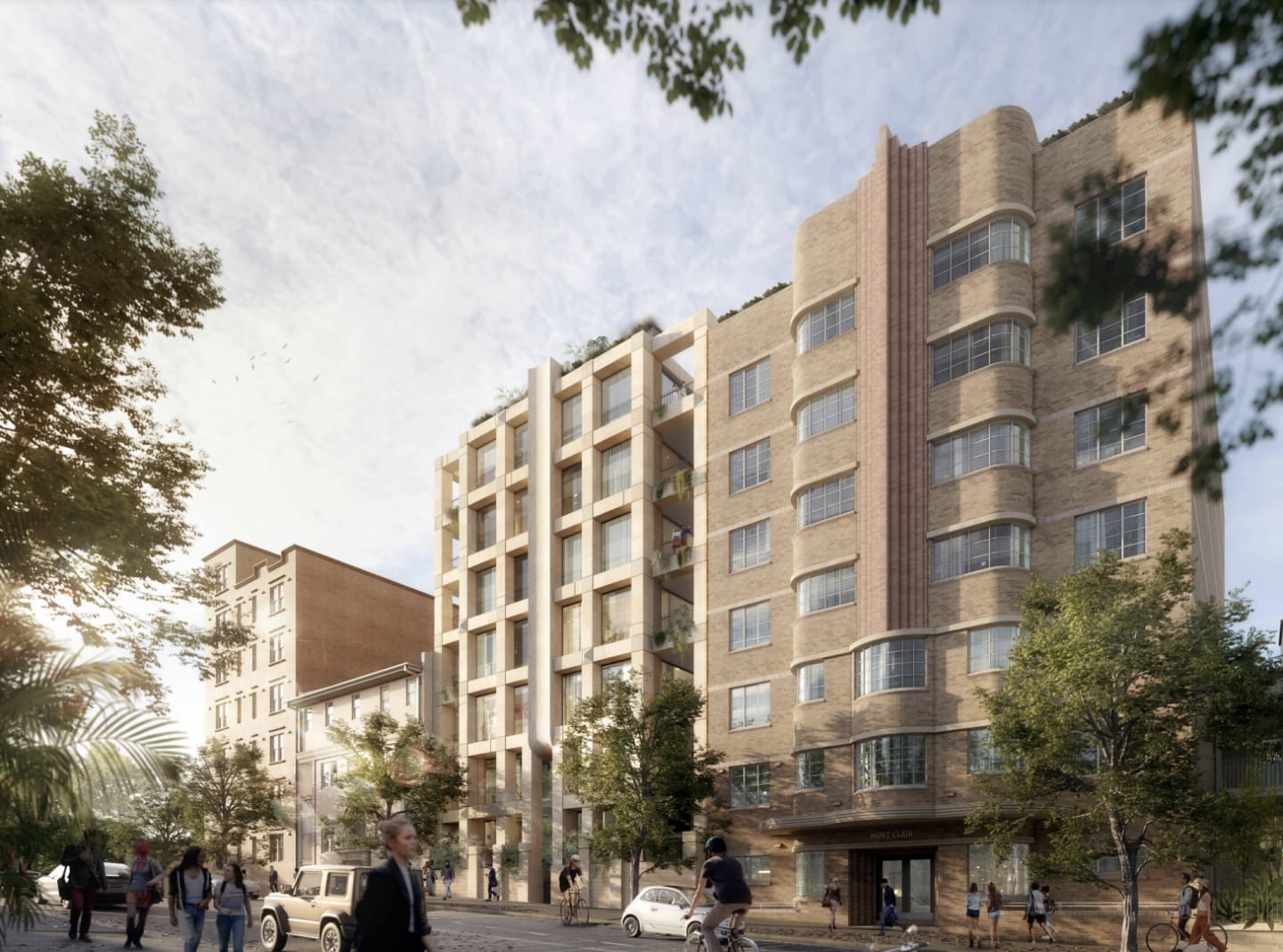Toohey Miller to build art-deco apartments on Darlinghurst heritage-conservation site
Due to its proximity to the CBD, Darlinghurst has long been a popular hub, with its streets lined with a colourful array of characters over its time.
Darlinghurst's transformation over the last decade has resulted in a coveted postcode that is genuine in style with a sophisticated edge.
Kings Cross projected the suburb into the spotlight, becoming a home to Sydney’s night-life, and while much of the Cross’ night-life has been replaced, the boutique shopping and day time dining that fills the streets still holds Darlinghurst as enviable place to live.
Whilst the Cross's character has been somewhat lost; Darlinghurst still is visibly a place of character and ideas, and increasingly is home to the next generation of personalities.
Persona and character are still ingrained in the original buildings that line the leafy streets with 349 Liverpool Street set to be the stage for the next influx of characters.
Sydney-developers Toohey Miller has lodged a development application for the 685 sqm site, with plans to demolish the existing residential building for a new seven-storey apartment building.
Designed by renowned architects, Woods Bagot, the residences will stay sympathetic to the site’s history and heritage, with plans to craft a modern interpretation of an art deco building, delivering 14 two and three-bedroom.
Two apartments will sit across each floorplate, spanning from 95 sqm to 150 sqm, with the level six apartments benefiting from a private rooftop terrace with a plunge pool and seating.
In keeping with surrounding roof terraces, the proposal celebrates the crowning space with a communal resident’s space as well, complete with dining and seating space in addition to the covered amenity space across the ground level.
The building palette is derived from the site through native planting, sandstone materiality, and detailing reminiscent of the original buildings that surround it.
Whilst the glimmer of The Cross has diminished, a resilient sparkle remains through natural metals, the most polished of which adorns the entrances of the buildings.
The 1970's was a particularly hedonistic period of Darlinghurst's history; filled with the character's that have become urban legends and colourful stories of questionable behaviour.
It was during this period that the terrace houses that once occupied the site succumbed to a particularly damaging fire, destroying all structure.
Remnants of these houses and the fire itself are traced through the contrast in brickwork of the adjoining apartment buildings, while a clear outline is preserved and made visible through the open balconies that flank the proposal.
The other remnant of the original terrace houses is the raised ground level that the terrace houses once sat upon which has to been preserved to create a dialog with the surrounding terrace houses.
In a nod to the original rhythm of Liverpool Street, a continuation of the sandstone fence that marks the boundary and entrance alignment is continued at the face of the new proposal.
“From the first glimpses of the site, this sits the building within the cadence of Liverpool Street at a human scale,” the development application says.
As an interpretation of the apartment buildings that surround, 349 Liverpool Street marks its entrance with a strong vertical element.
“Seen as a continuation of the sandstone materiality, this is an opportunity to identify the building through interpretive art or by overlaying the stories of the characters that once resided in the area.”
The proposed design maintains the original ground plane to preserve this visible link to the terrace houses that once occupied the site while the open breezeway also allows for natural light and air through the length of the building.
In collaboration with Dangar Barin Smith, the landscape design and plant selection for the proposal not only contributes to the liveability of the residences, but also speaks to the origins of the site pre-settlement.
